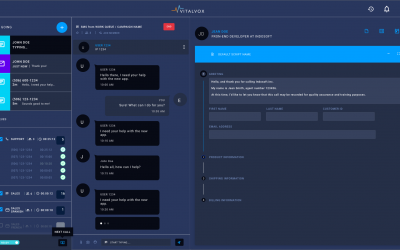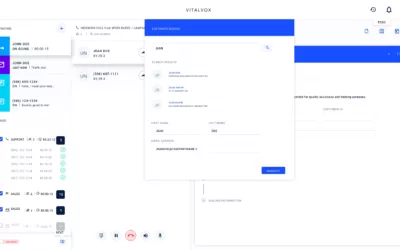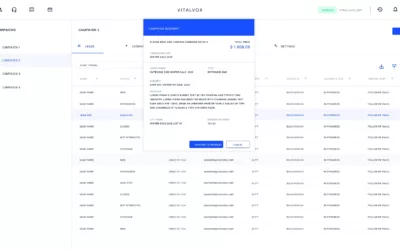
As businesses increasingly rely on digital solutions to enhance customer support and streamline operations, the API-first approach has emerged as a cornerstone for modern software development and integration. By prioritizing APIs from the outset, companies can ensure greater flexibility, scalability, and efficiency in their support tools. Here are the best practices for implementing API-first support tools effectively, paving the way for operational excellence and superior customer service.
Start with a Clear Strategy
- Define Objectives: Understand what you aim to achieve with API-first support tools, whether it’s improving customer experience, increasing operational efficiency, or both.
- Assess Current Infrastructure: Evaluate your existing systems to identify integration needs and potential challenges.
- Plan for Growth: Consider future needs and how your API strategy will accommodate scaling, ensuring long-term viability.
Design for Usability and Flexibility
- Develop with the End-user in Mind: Whether for internal teams or external partners, ensure your APIs are intuitive and well-documented, facilitating ease of use.
- Adopt RESTful Principles: Leverage RESTful API design for its simplicity, scalability, and flexibility, making it easier to integrate with a wide range of systems.
- Ensure Versioning: Implement version control from the start to manage updates seamlessly without disrupting existing integrations.
Focus on Security and Compliance
- Implement Robust Authentication: Secure your APIs with strong authentication mechanisms, such as OAuth, to protect sensitive data.
- Regularly Review Access Controls: Ensure only authorized entities have access to your APIs, and regularly update permissions as roles change.
- Stay Compliant: Keep abreast of regulatory requirements affecting your APIs, especially if you handle personal or sensitive customer information.
Prioritize Performance and Reliability
- Monitor Performance: Use analytics and monitoring tools to track API usage, response times, and error rates, identifying areas for improvement.
- Optimize for Efficiency: Design APIs to minimize data transfer where possible, reducing latency and improving user experience.
- Ensure High Availability: Plan for redundancy and failover mechanisms to maintain service continuity, even in the event of system failures.
Foster a Culture of Continuous Improvement
- Encourage Feedback: Create channels for receiving feedback from API users to understand their needs and challenges, guiding future enhancements.
- Iterate and Innovate: Regularly revisit and revise your API strategy to incorporate new technologies, best practices, and lessons learned.
- Invest in Education: Provide training and resources for your development team to stay updated on API design and security trends.
Conclusion: Building a Future-Proof Foundation
By adhering to these best practices, businesses can maximize the benefits of API-first support tools, creating a robust, scalable, and user-friendly ecosystem.
This strategic approach not only enhances customer support capabilities but also drives innovation and growth.
Contact us today, our team is here to guide you through every step of the way, ensuring your business not only meets the demands of today but is also prepared for the innovations of tomorrow.
Categories
- Agent Performance & Training
- AI solutions
- Asterisk
- Business Growth
- Call Center Performance & Productivity
- Call Center Software Platform
- Call Center Technology & AI Integration
- Call Center Training
- Call Center Workforce Management
- Call Monitoring
- Cloud-Based Solutions
- Customer Experience
- Data Security
- General
- Insights
- Integrated Customer Service
- News
- Omnichannel Communication Strategy
- Omnichannel Support
- Quality Assurance
- Tech


